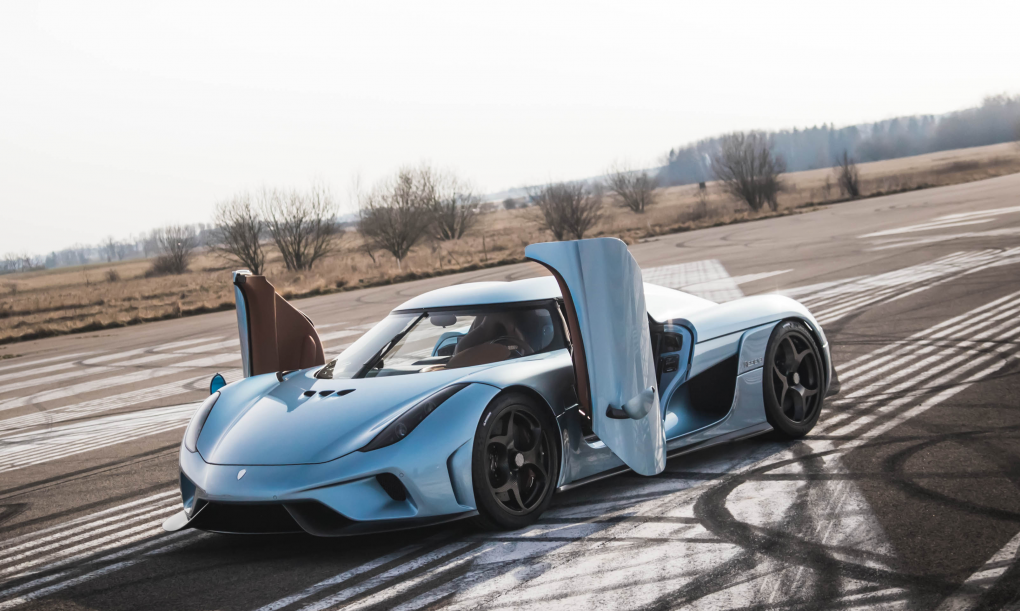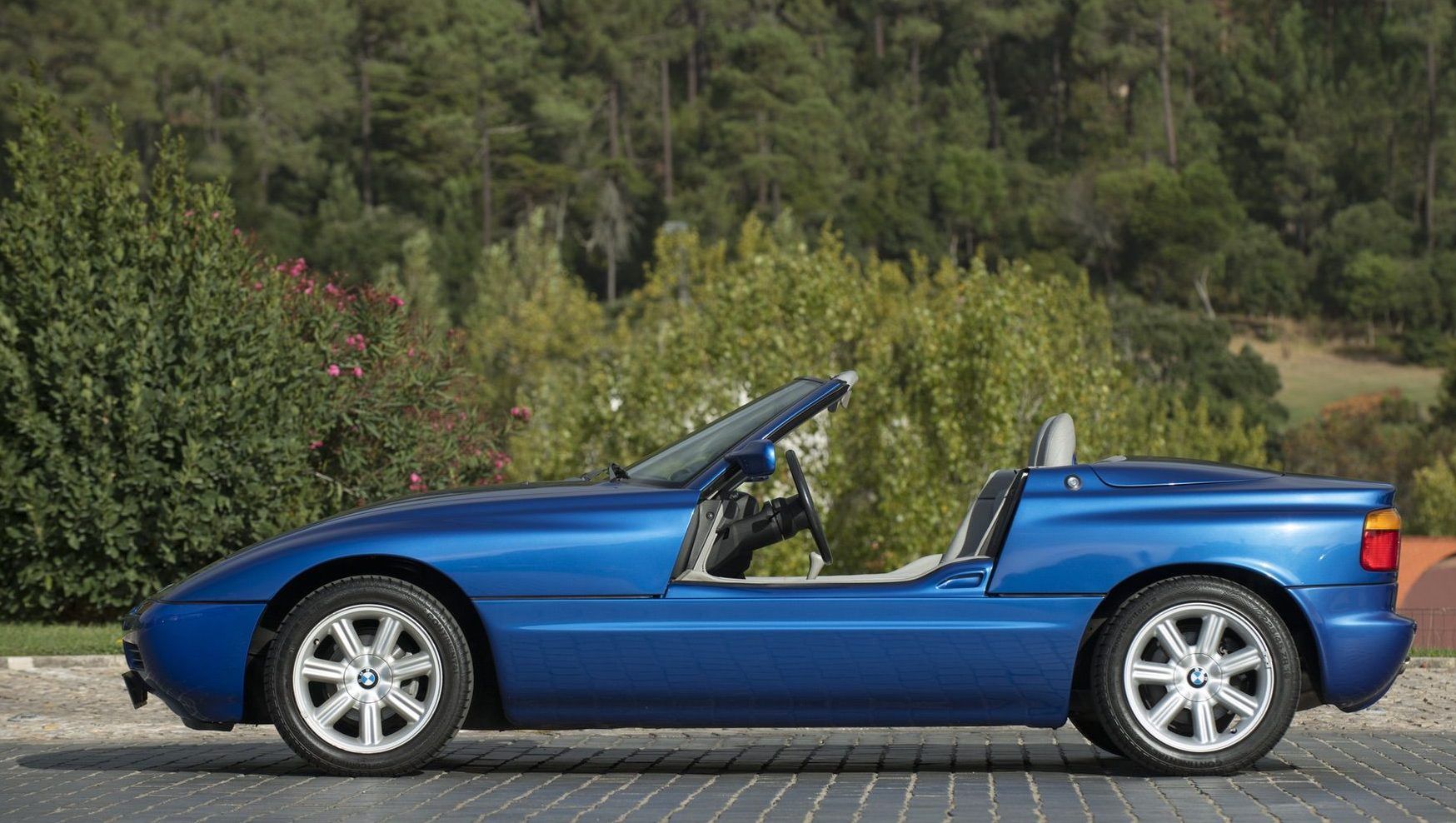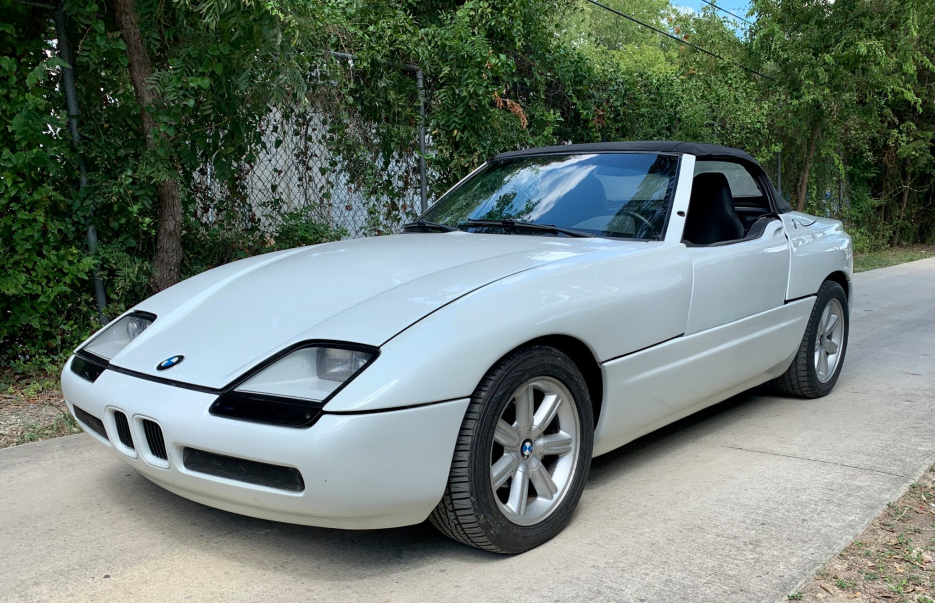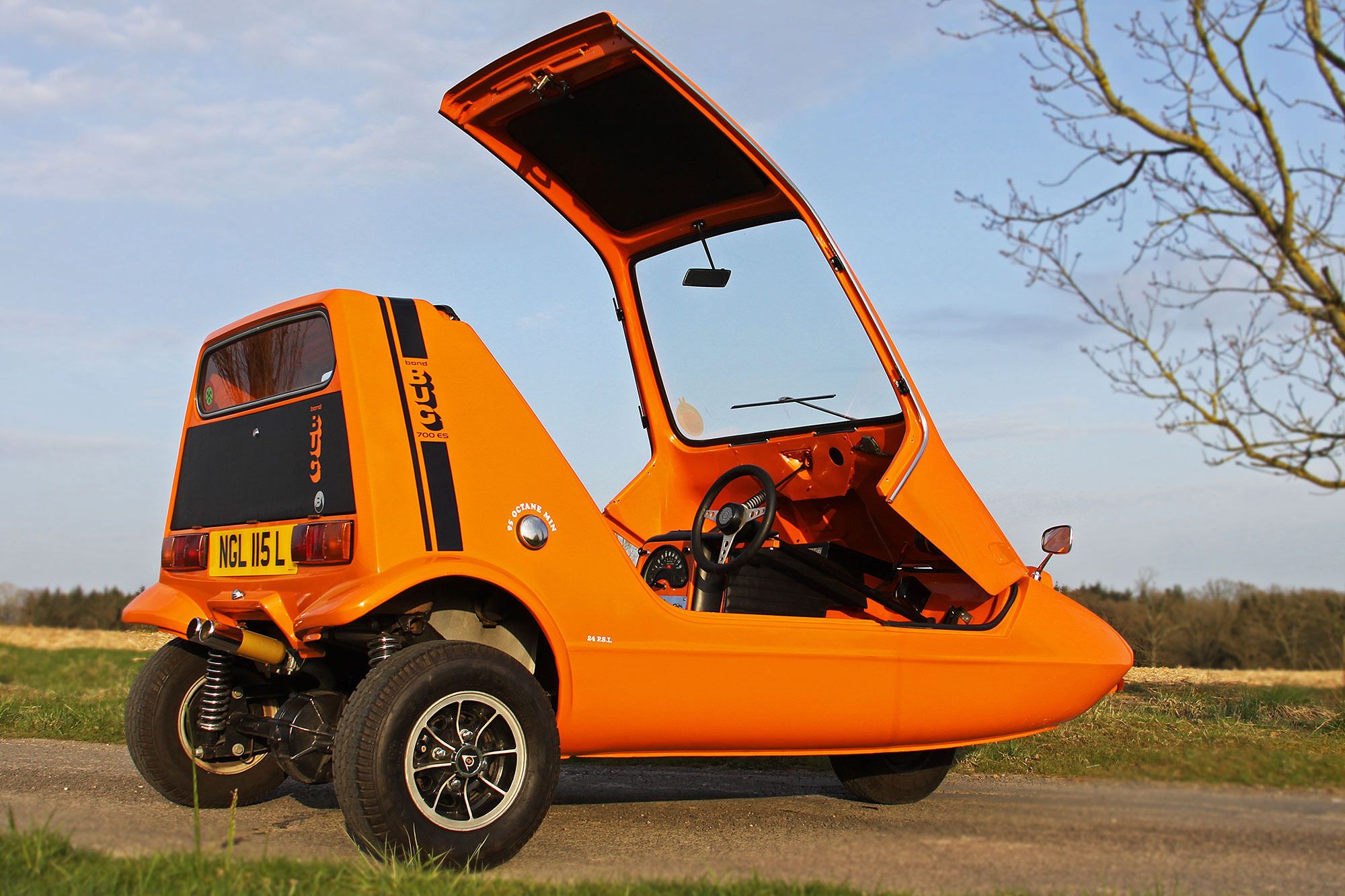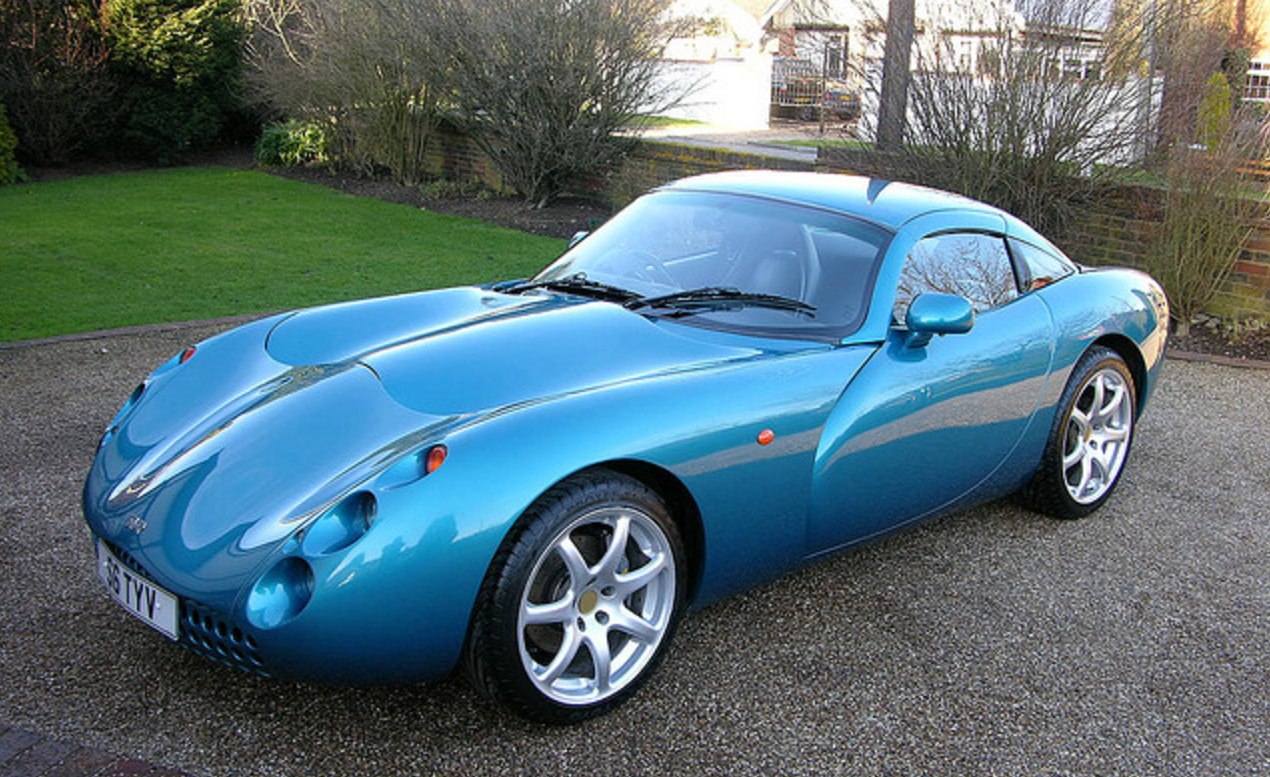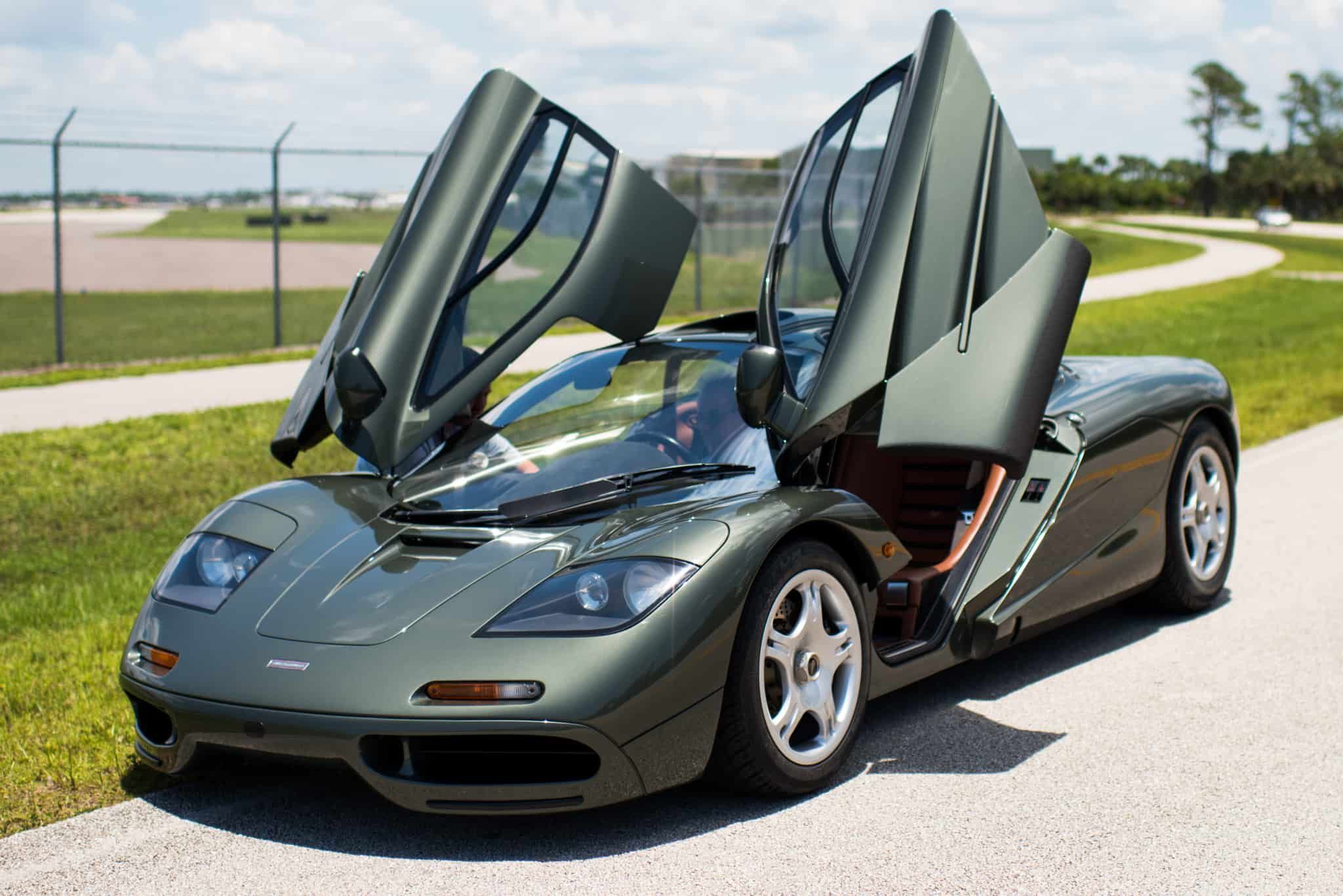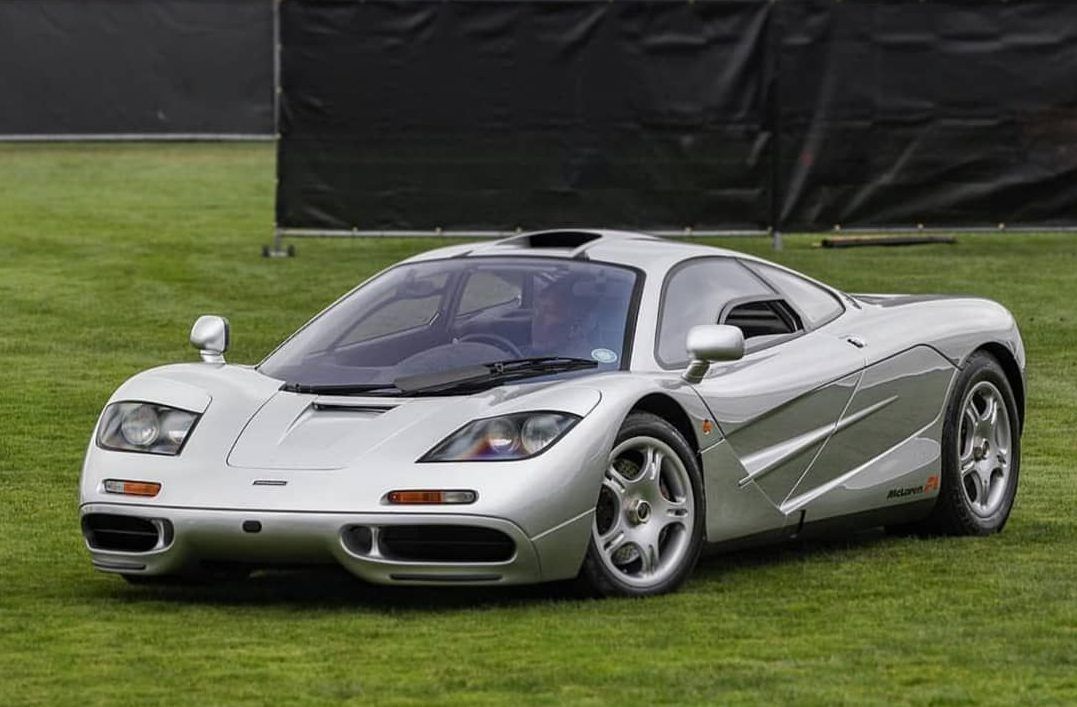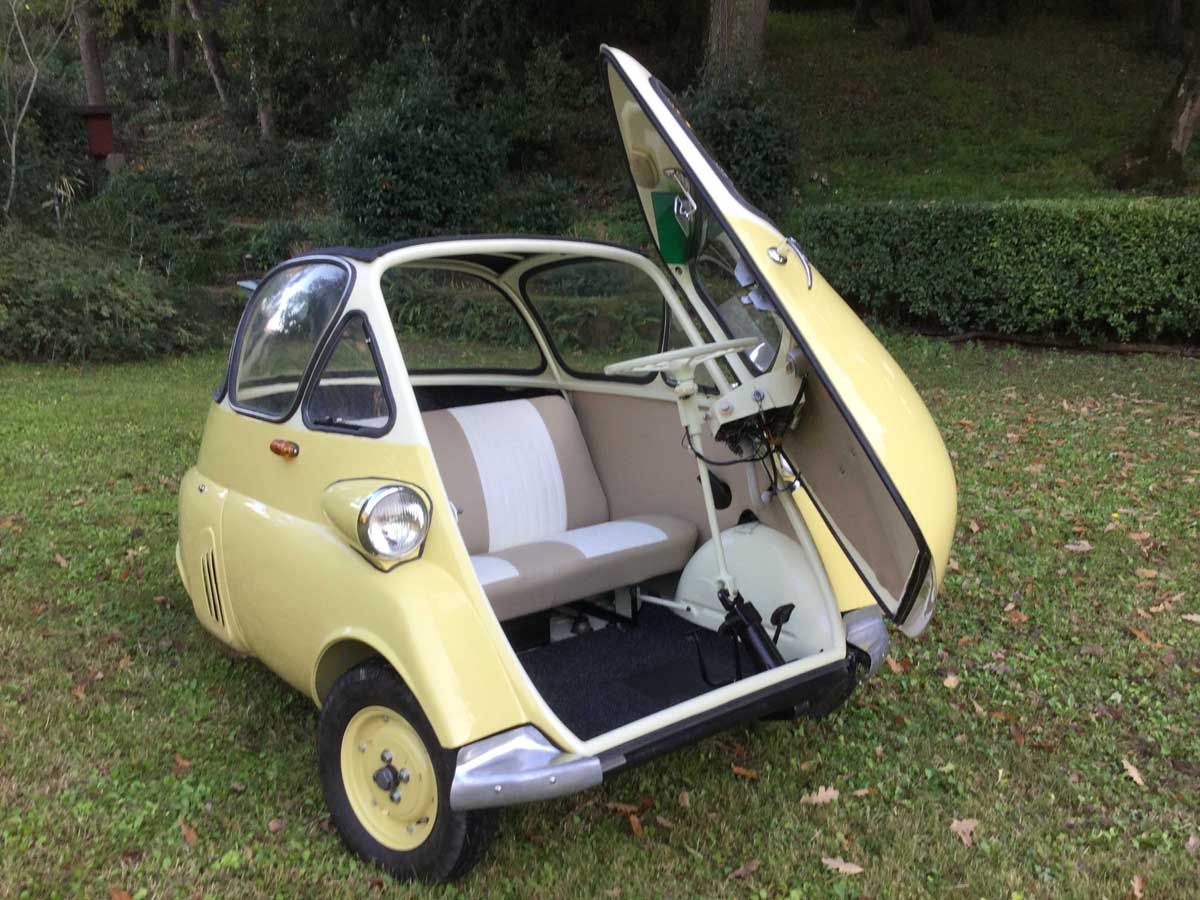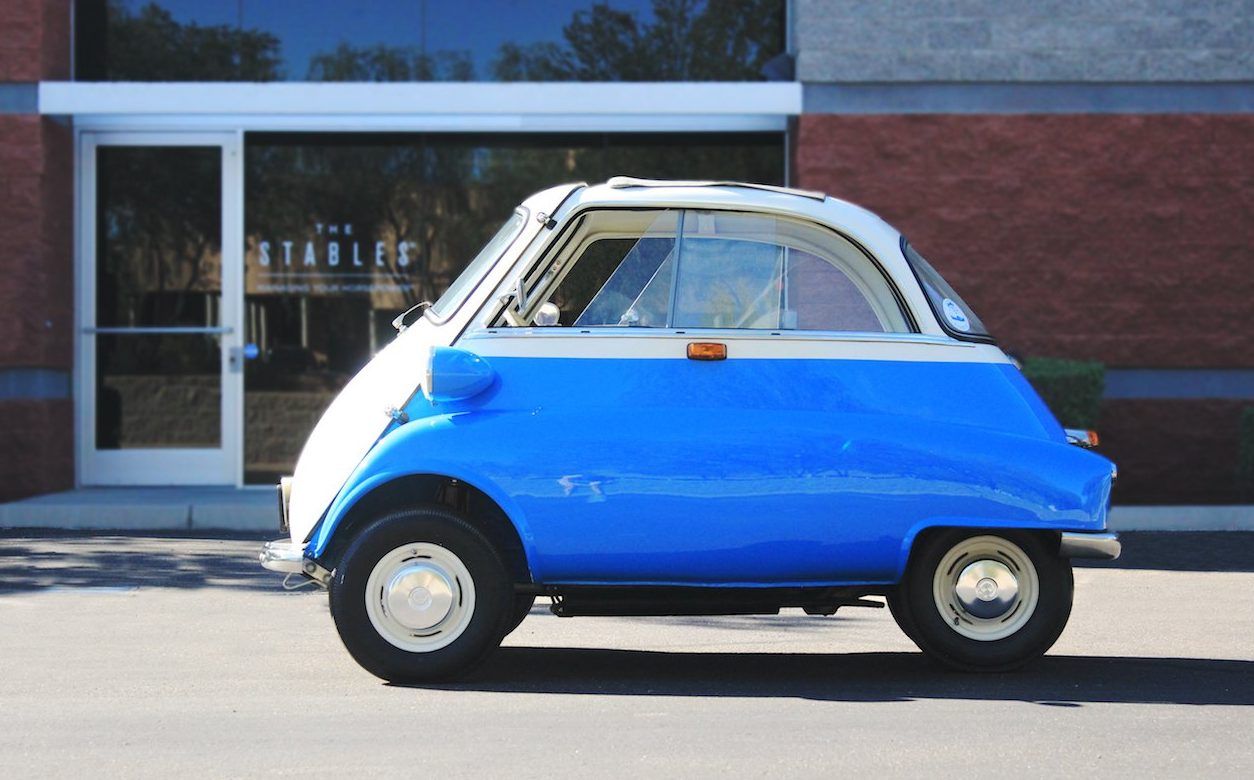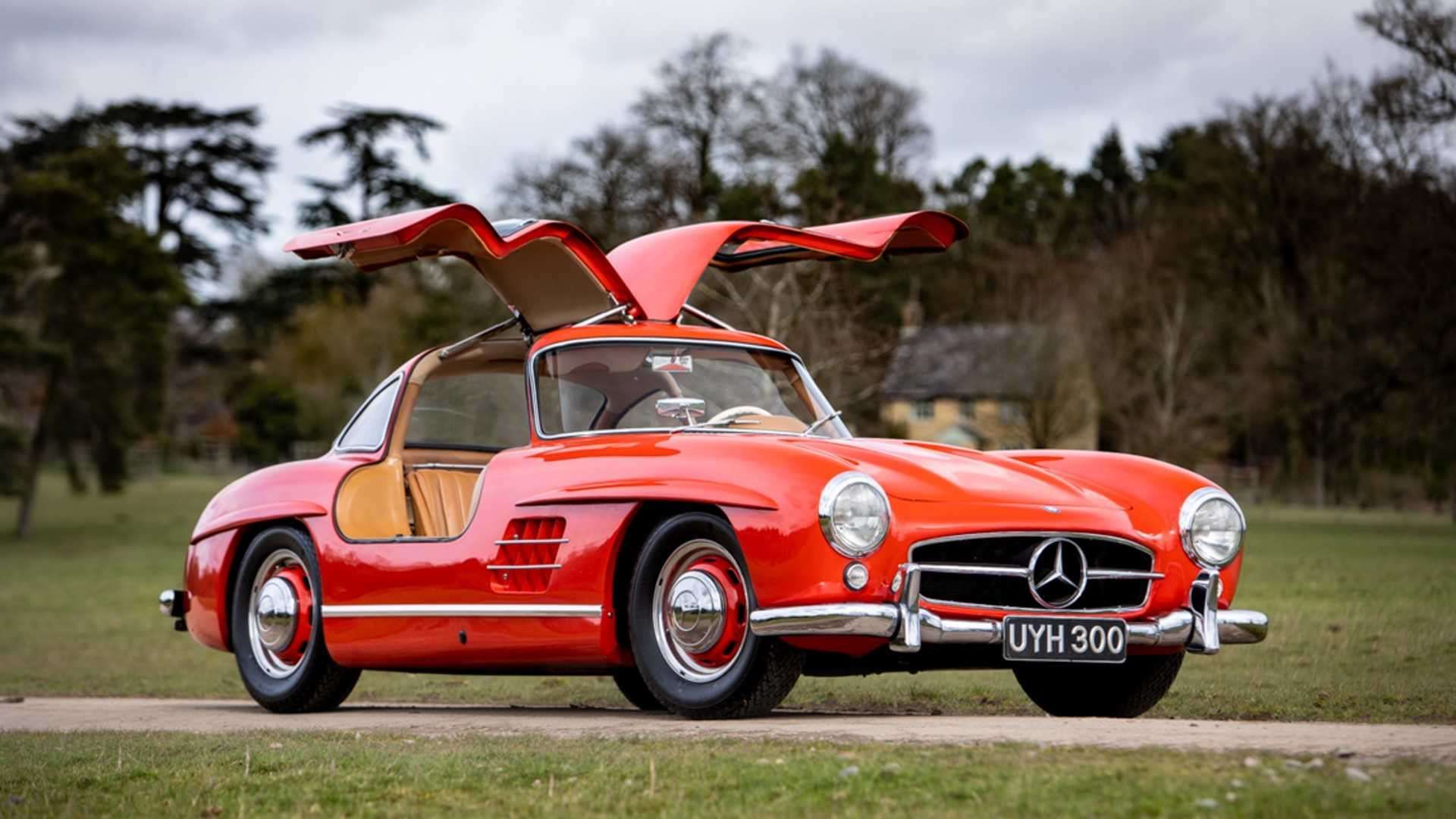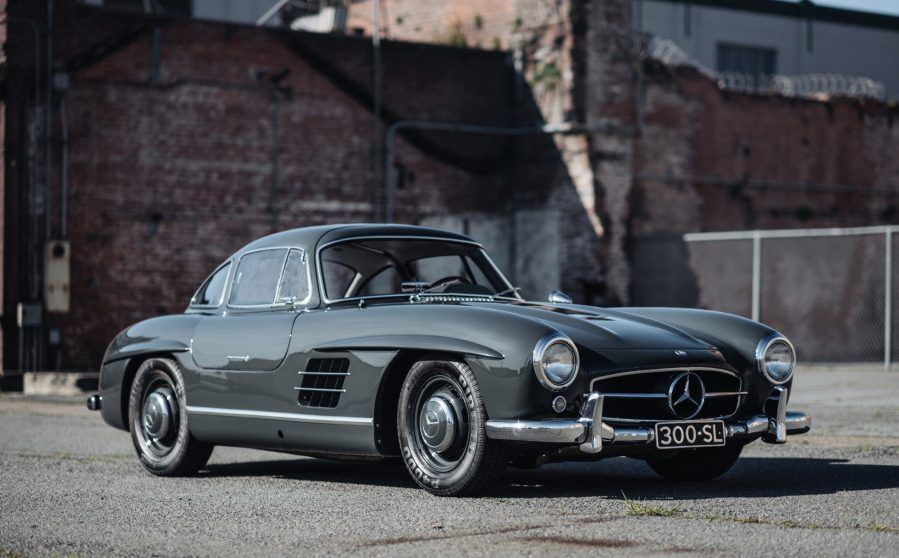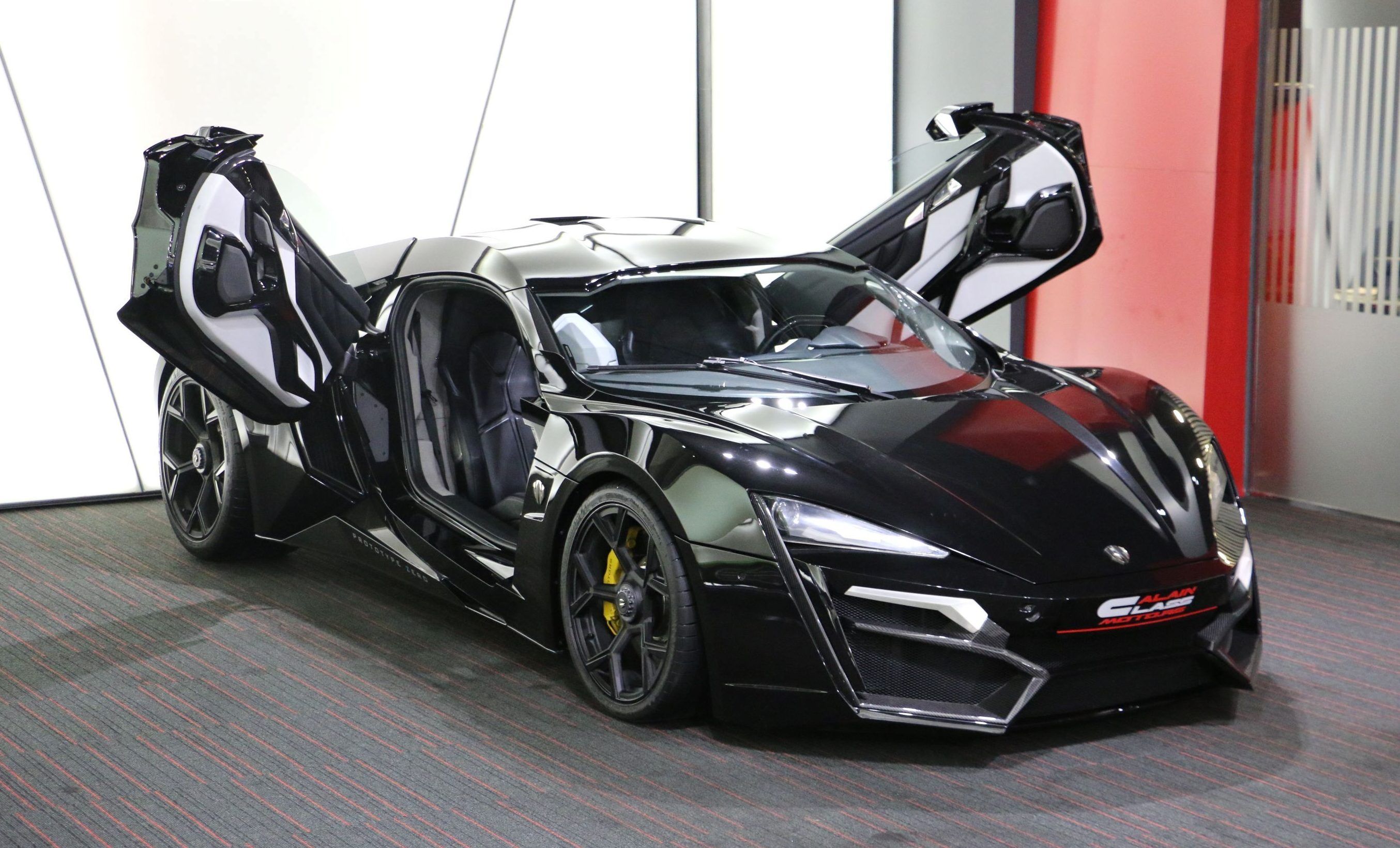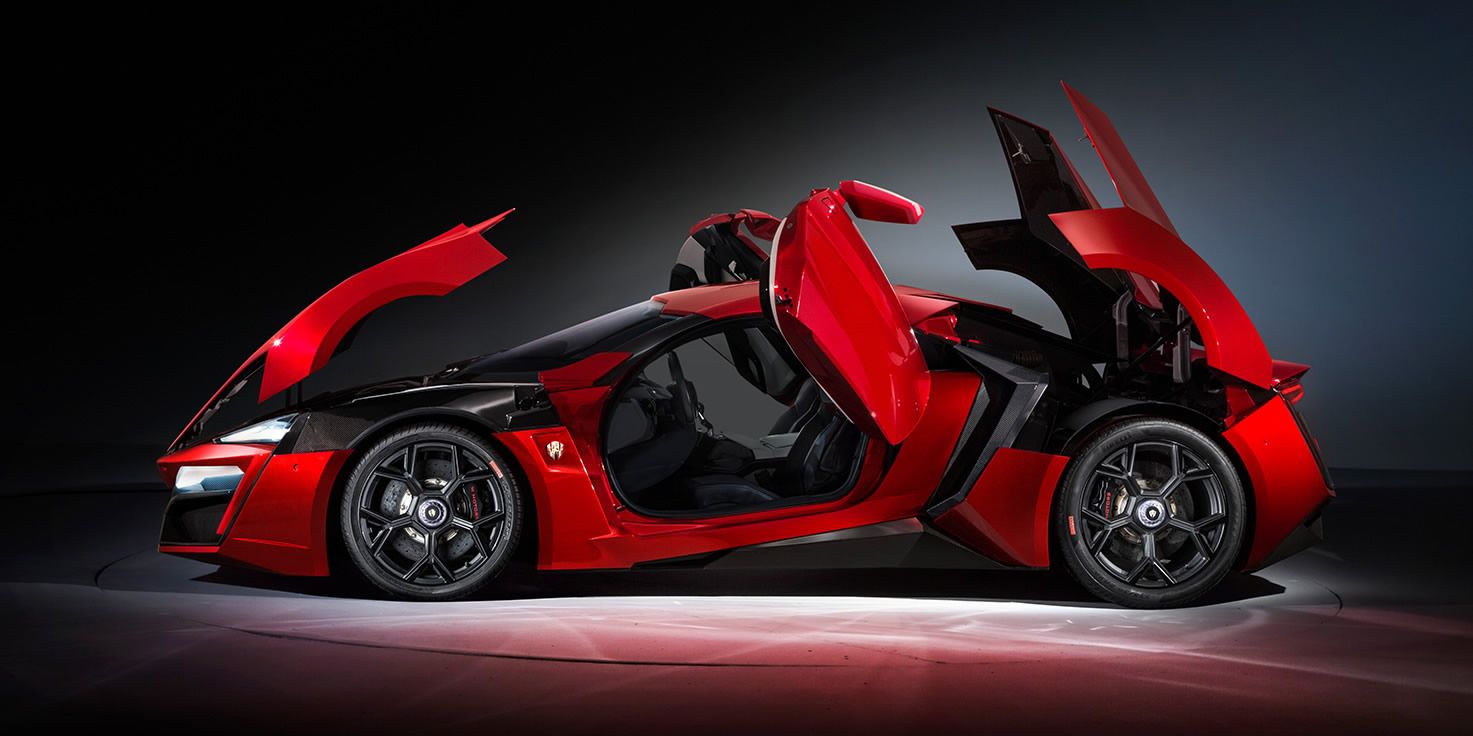A vast majority of cars follow the traditional concept of door design; a basic hinge design where the door just swings straight outwards to allow entry or exit. There's nothing fancy about it except for features like soft-close doors, keyless entry, or retractable handles. However, there have been bold carmakers that have experimented with unconventional door designs; contributing to the car's overall image in one form or the other.
These door designs are usually associated with supercar brands but there are several examples where even economy cars buck the trend and debut with head-scratching door designs.
8 Koenigsegg Regera - Dihedral Synchro-Helix Actuation Doors
Yes, this one is as intricate as it sounds and is every bit as fascinating to watch too. Here, there's a hinge system that swings, allowing the doors to rotate 90° by sweeping outwards and upwards at the hinge. This system was pioneered by Christian Von Koenigsegg and is used on all his hypercar creations.
The design is such that it allows the car door to open high enough, avoiding roadside curbs and low enough to avoid garage ceilings. It also makes it easier to open the car doors in tight spaces even with another car parked alongside.
7 BMW Z1 - Sliding Doors
As the name implies, this was the first in the line of BMW's 'Z' roadsters. Only 8,000 units were made during a production run that spanned 3 years, from 1989 to 1991. The car had a preppy 2.5-liter inline-6 that could get the car to a 140 mph top speed.
However, the most distinguishing feature of the roadster has to be one of the most innovative doors in the car industry. It had a design that allowed it to retract vertically into the side sills which were high enough to offer the car occupants some crash protection independent of the doors.
6 Bond Bug - 'Lift Up' Canopy
The Bond Bug was a 3-wheeled microcar that was built by a British company from 1970 to 1974. The cars were mostly finished with bright orange paint to project an upbeat style.
This 3-wheeler was no slouch in the speed department, capable of reaching a 76 mph top speed which was 6 mph more than the national speed limit in Britain at the time. To gain access to the car, the entire rooftop of the car was designed to be lifted up and forwards, similar to a fighter jet canopy.
5 TVR Tuscan - Push-Button Doors
The TVR Tuscan was never street legal in the United States due to its inability to meet certain safety requirements. It's quite unfortunate really especially considering how capable the car was as a hardcore machine, able to reach 60 mph in under 4 seconds and complete the quarter-mile in 12.1 seconds at 119.3 mph.
The unusual door system is another reason the TVR Tuscan was such an intriguing car. There were no visible handles on both sides of the door. Instead, the occupants had to press separate buttons to get in and out of the car.
4 McLaren F1 - Butterfly Doors
The legendary McLaren F1 was the car that really turned the spotlight on butterfly doors. Interestingly though, it was not the first car to adopt this design. They were first used on the Alfa Romeo Stradale in 1969 before the Toyota Sera became the first mass-production vehicle to use butterfly doors.
Butterfly doors are designed to move up and out using hinges positioned along the car's A-pillar. It is mainly used in high-end supercars where it allows for easy entry and exit. It does require a lot of horizontal clearance though which can be a drawback in certain situations.
3 BMW Isetta - Front-Mounted Door
The Isetta was originally conceived by Italian designers and then manufactured under license in different countries. BMW got in on the act in 1955 when they designed the Isetta around a 1-cylinder, 4-stroke motorcycle engine that made all of 12 hp.
In the end, BMW produced over 161,000 units of this car, all with that unique front-mounted door. There were no side doors on the car and that front hatch was the only way to access the vehicle for the driver and a small-sized passenger.
2 Mercedes Benz 300SL - Gullwing Doors
This timeless piece of automotive art has to be one of the most desirable classics in the world today and it owes a huge part of that popularity to those iconic gullwing doors.
The car had high sills and those doors did not make it particularly easy to get in and out of the car. However, no one can deny how incredibly cool it made the car look. The 300SL was not only good-looking, but it also happened to be the fastest production car at the time.
1 Lykan Hypersport - Reverse Dihedral Doors
The Lykan Hypersport is a limited production hypercar with a $3.4 million sticker price. It was developed by Middle Eastern W Motors and features very aggressive styling accentuated by its rather unusual doors. The reverse dihedral door system was patented by the company and features suicide doors that basically swing rearwards and upwards, distinguishing it from the suicide doors on cars like the Rolls Royce Phantom coupe.
The doors are not the only unique attributes of this car. Its headlights are made of titanium LED blades with diamonds etched onto them. There has to be some justification for that insane price tag.


